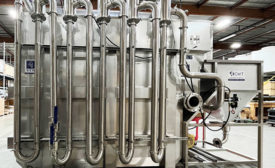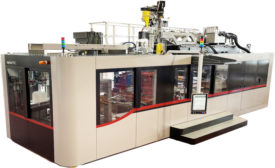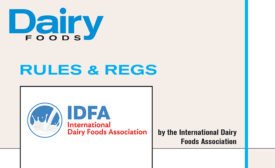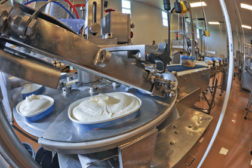Home » quality control
Articles Tagged with ''quality control''
IMA DAIRY assumes responsibilities for AlphaMAC
In North America, AlphaMAC equipment will meet an emerging need for modern, reliable equipment that is energy efficient.
November 9, 2022
Avoid common QA and QC mistakes
Suppliers reveals best practices and common errors in QA/QC testing.
September 8, 2021
Get the most out of dairy processing QA/QC instrumentation
Dairy processors will win by avoiding purchase-decision missteps, keeping abreast of technology enhancements and addressing common challenges.
September 7, 2020
Make the most of quality assurance and quality control data
The right software — and the right corporate culture — could help dairy processors collect, manage and disseminate quality assurance- and quality control-related data
September 26, 2019
advertisement
Moisture Measurement & Control Yields Immediate Results: Consistent Product Quality from Lab to Line.
August 23, 2019
Ramp up food safety efforts
A challenge for the dairy industry is more tightly controlling and understanding food safety across the entire supply chain
October 18, 2018
Manage food safety data
Use data analytics to drive decision-making and continuous improvement.
September 17, 2018
Fulfill your quality assurance potential and generate net profit
Quality assurance could — and should — also drive revenue by providing the information allows plant leadership to control costs, improve operational efficiencies and maximize finished product output.
February 27, 2018
Stay ahead of the curve. Unlock a dose of cutting-edge insights.
Receive our premium content directly to your inbox.
SIGN-UP TODAYCopyright ©2024. All Rights Reserved BNP Media.
Design, CMS, Hosting & Web Development :: ePublishing










